csail
Latest

MIT helps self-driving cars ‘see’ through snow and fog
Self-driving technology has come a long way, but it can still be tripped up by bad weather. A team from MIT's Computer Science and Artificial Intelligence Lab (CSAIL) may have a solution. They've developed a way to help autonomous vehicles "see" by mapping what's beneath the road using Ground Penetrating Radar (GPR).

MIT's 'smart surface' could improve your WiFi signal tenfold
There's a problem with stuffing wireless connections into ever-smaller devices: they can struggle to maintain a good signal when there's so little space for antennas. MIT CSAIL researchers might have a fix, though. They've developed an RFocus "smart surface" that "can work both as a mirror or a lens" to focus radio signals onto the right devices on either side of the "fence." In return, this improves the median signal strength by nearly 10 times, while doubling the median channel capacity in an office environment. Instead of just a handful of monolithic antennas, the RFocus prototype revolves around 3,000-plus tiny antennas with software that arranges them to maximize reception. In other words, RFocus is acting as a beamforming controller in the middle, as opposed to letting the radio endpoints -- transmitters and client devices -- manage this activity, which would be difficult to implement on tiny devices.

MIT researchers use shadows to create a video of what happens off camera
In order for self-driving cars to park themselves, they'll need to be able to see around corners. A team from MIT's CSAIL may have a new way to do that. Using video footage of shadows, they've developed an algorithm that can recreate video of what's happening off the screen.
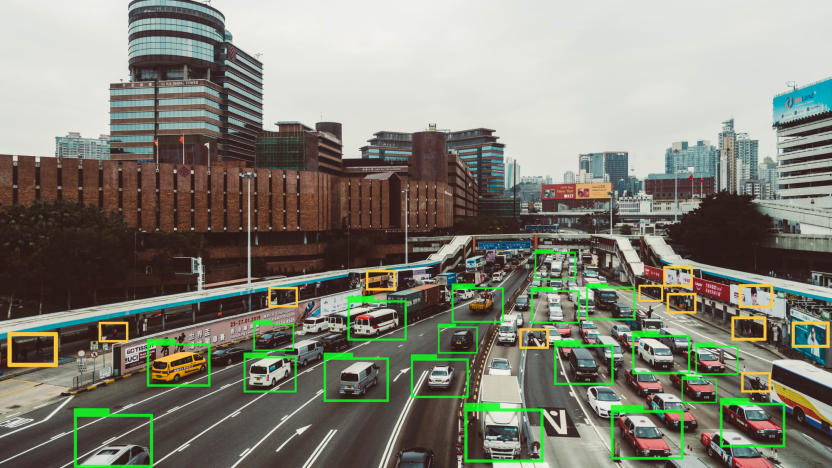
MIT researchers teach autonomous cars how to deal with selfish drivers
Self-driving cars are already making their way onto the roads, but there are challenges in having computers share space with human drivers. AIs tend to assume that all humans act the same and behave in predictable and rational ways -- but anyone who's driven in busy traffic knows that's not the case.
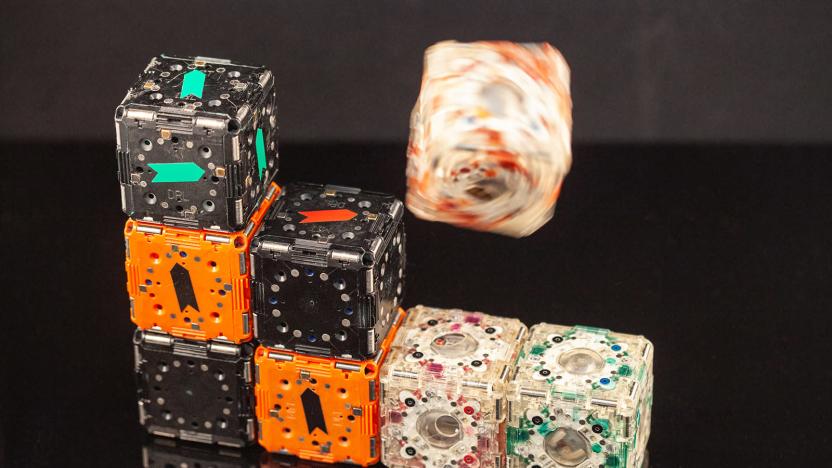
Block-like robots could assemble into emergency staircases
Next to Boston Dynamics' leaping humanoids, the dice-like M-Block robots from MIT might not look very cool. Considering their lack of limbs, though, the latest versions can perform some impressive tricks like jumping, climbing and assembling into larger structures, Big Hero 6 style. Those skills could one day help them assemble themselves into a staircase to rescue survivors trapped in a building, or be used as real-world Minecraft blocks.

MIT’s algorithm could improve imaging techniques used during pregnancy
The placenta plays a critical role in pregnancy: connecting the fetus to the maternal blood system. But assessing placental health is difficult because modern imaging techniques provide limited information. Researchers from MIT's Computer Science and Artificial Intelligence Lab (CSAIL) think they might be able to change that using a volumetric mesh-based algorithm.
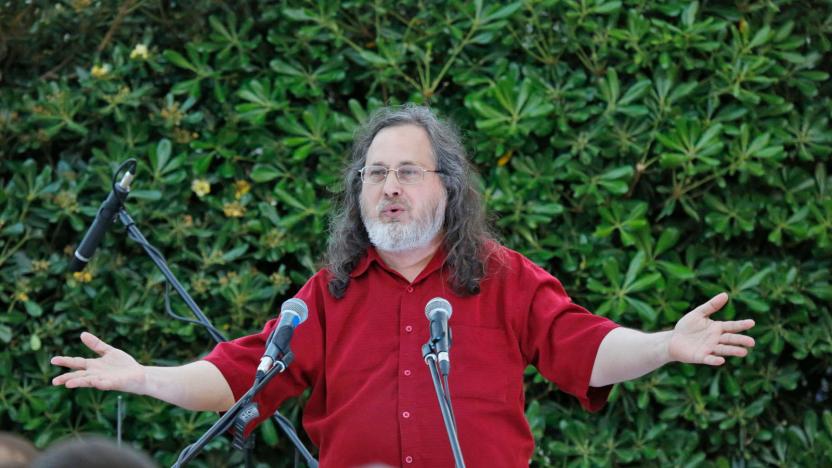
GNU founder Richard Stallman resigns from MIT, Free Software Foundation
After reports revealed the lengths undertaken by some at MIT to accept donations from convicted sex offender and sex trafficker Jeffrey Epstein, MIT Media Lab director Joi Ito resigned. Now, computer scientist Richard Stallman, founder of the GNU operating system and author of an associated manifesto that pushed the idea of free software, has stepped down from his position with MIT's CSAIL and as president of the Free Software Foundation.
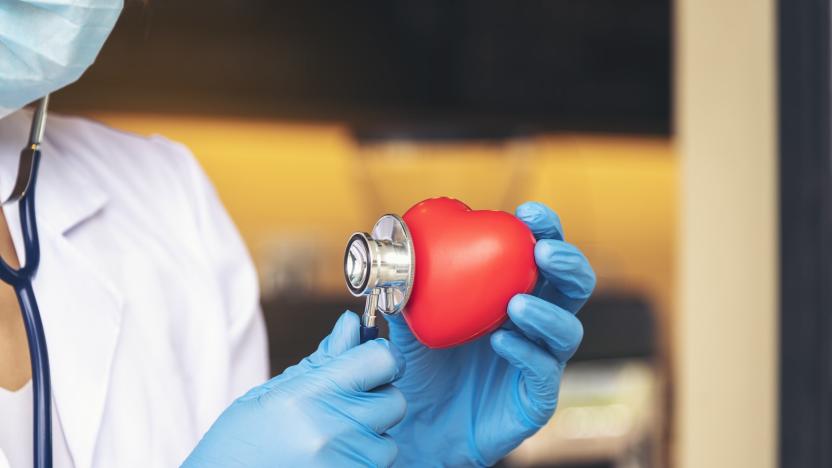
AI can gauge the risk of dying from heart conditions
AI's ability to predict threats to your health could soon include deadly heart conditions. Researchers at MIT's CSAIL have developed a machine learning system, RiskCardio, that can estimate the risk of death due to cardiovascular issues that block or reduce blood flow. All it needs is a 15-minute ECG reading -- from there, it gauges the danger based on the sets of consecutive beats in the sample. If the data is captured within 15 minutes of an event, RiskCardio can determine whether or not someone will die within 30 days, or even up to a year later.
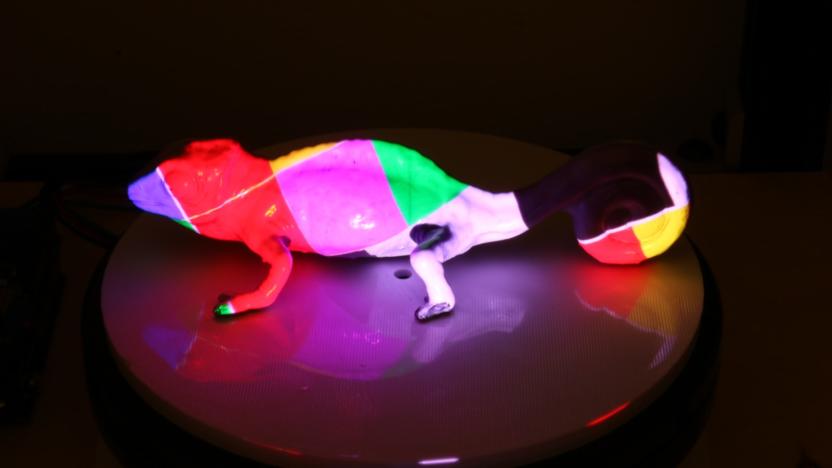
MIT’s color-changing ink could let you customize your shoes
Imagine if, rather than buy your favorite shoes in blue or red, you could buy one pair of shoes and change the color depending on how you feel each day. Maybe you'd decide to add multicolored flames or zebra print. A new, reprogrammable ink might let you do just that. PhotoChromeleon Ink, developed by MIT's Computer Science and Artificial Intelligence Laboratory (CSAIL), can change the color or pattern of an object when exposed to UV light.

MIT experts find a way to reduce video stream buffering on busy WiFi
Is there anything more annoying that trying to watch a video on a slow internet connection shared with a bunch of other users? Skips, endless buffering, and ugly pixelation can ruin the experience of watching a movie or TV show when everyone in your house is trying to stream at the same time.

AI knitting system designs and creates garments
If you've ever wanted a custom bobble hat but your knitting skills aren't up to par, let the robots do it. Researchers at MIT's Computer Science & Artificial Intelligence Laboratory (CSAIL) have developed a computer-aided knitting system which can automate the design and manufacture of knitted garments.
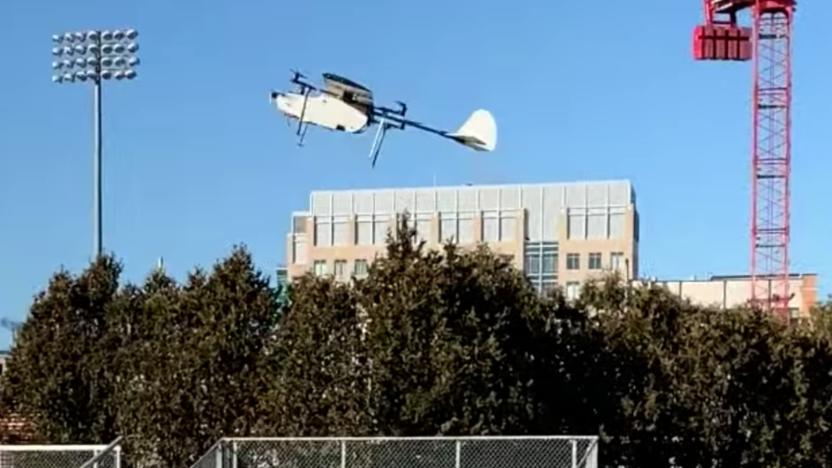
MIT is testing drones that can switch between hovering and gliding
There are two types of drones: fixed-wing models that look like airplanes and multicopters that resemble hovering squares. A group of MIT scientists have designed a new platform that lets users combine the best of both worlds and create their own hybrid, fixed-wing drones. The end result is a drone that can both hover like a helicopter and glide like an airplane.

Computer password inventor Fernando Corbato dies at 93
Computer security just lost one of its founders. Fernando "Corby" Corbato, credited with inventing the computer password, has died at the age of 93. The MIT researcher devised the concept of password-protected user accounts when establishing his Compatible Time-Sharing System, which let multiple people use a computer at the same time. It was just a matter of establishing "compartmentalization" and basic privacy, Corbato told the Wall Street Journal in a 2014 interview, but the move would help shape digital security going forward.

MIT made an AI that can detect and create fake images
Creating digital renderings and editing images can take hours, but researchers from MIT and IBM want to change that. They've trained AI to generate photographic images from scratch and to intelligently edit objects inside them. While this could be beneficial for artists and designers, it also offers insight into how neural networks learn context, and the team hopes to leverage the tool to spot fake or altered images.

MIT is turning AI into a pizza chef
Never mind having robots deliver pizza -- if MIT and QCRI researchers have their way, the automatons will make your pizza as well. They've developed a neural network, PizzaGAN (Generative Adversarial Network), that learns how to make pizza using pictures. After training on thousands of synthetic and real pizza pictures, the AI knows not only how to identify individual toppings, but how to distinguish their layers and the order in which they need to appear. From there, the system can create step-by-step guides for making pizza using only one example photo as the starting point.

MIT's new robot can identify things by sight and by touch
For humans, it's easy to predict how an object will feel by looking at it or tell what an object looks like by touching it, but this can be a big challenge for machines. Now, a new robot developed by MIT's Computer Science and Artificial Intelligence Laboratory (CSAIL) is attempting to do just that.

MIT finds smaller neural networks that are easier to train
Despite all the advancements in artificial intelligence, most AI-based products still rely on "deep neural networks," which are often extremely large and prohibitively expensive to train. Researchers at MIT are hoping to change that. In a paper presented today, the researchers reveal that neural networks contain "subnetworks" that are up to 10 times smaller and could be cheaper and faster to teach.
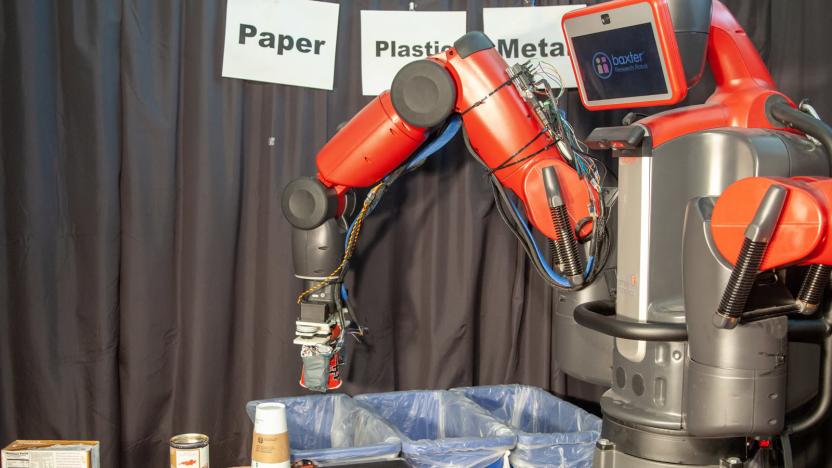
Recycling robot can sort paper and plastic by touch
It can be a pain for workers to sort recycling, both because of the safety and the sheer monotony of it. But how do you get robots to do the job when they can't always tell the difference between a can and a cardboard tube? For MIT CSAIL, it's simple: give the robots a sense of touch. Its researchers have developed a recycling robot, RoCycle, that uses sensors in its hand to determine the nature of an item and sort it accordingly. A strain sensor gauges an object's size, while two pressure sensors determine how squishy that object may be, whether it's easily-crushed paper or more rigid plastic. It can even detect the presence of metal, since the sensors are conductive.

MIT robot's flytrap gripper can grab both fragile and heavy objects
Robot hands tend to skew toward extremes. They can pick up delicate objects or heavy objects, but rarely both. MIT CSAIL's solution? Avoid hands altogether. Its researchers have developed a Venus flytrap-like gripper that can grab objects as fragile as a grape, but also items 100 times its weight -- even if they're oddly shaped. The trick relies on a combination of clever physics with brute force.
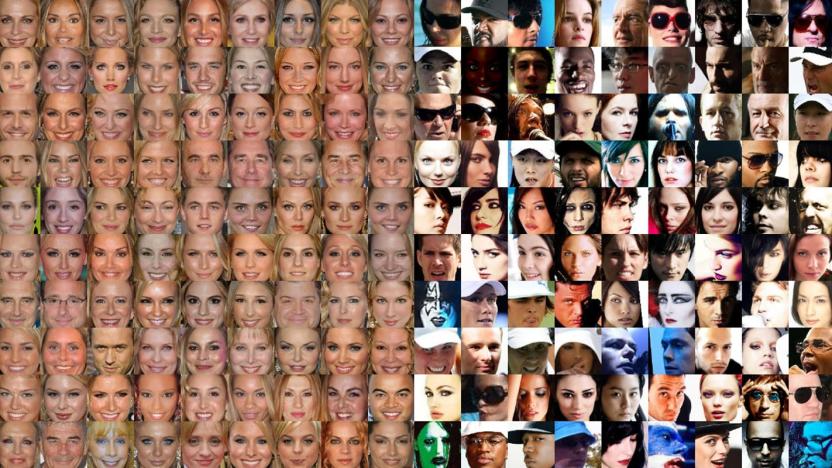
MIT hopes to automatically 'de-bias' face detection AI
There have been efforts to fight racist biases in face detection systems through better training data, but that usually involves a human manually supplying the new material. MIT's CSAIL might have a better approach. It's developing an algorithm that automatically 'de-biases' the training material for face detection AI, ensuring that it accommodates a wider range of humans. The code can scan a data set, understand the set's biases, and promptly resample it to ensure better representation for people regardless of skin color.





